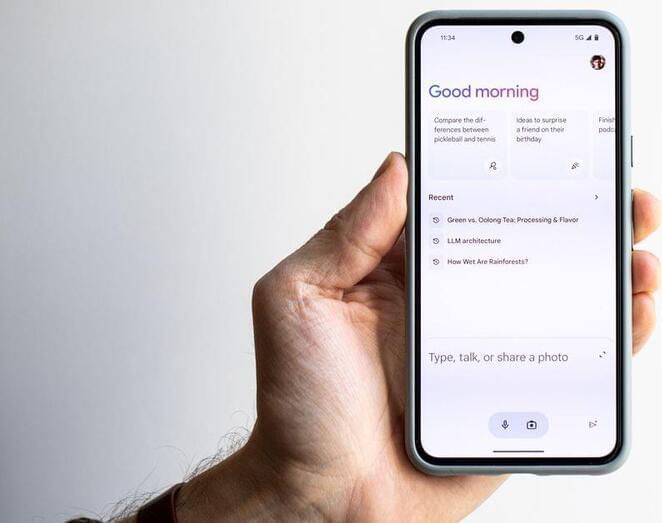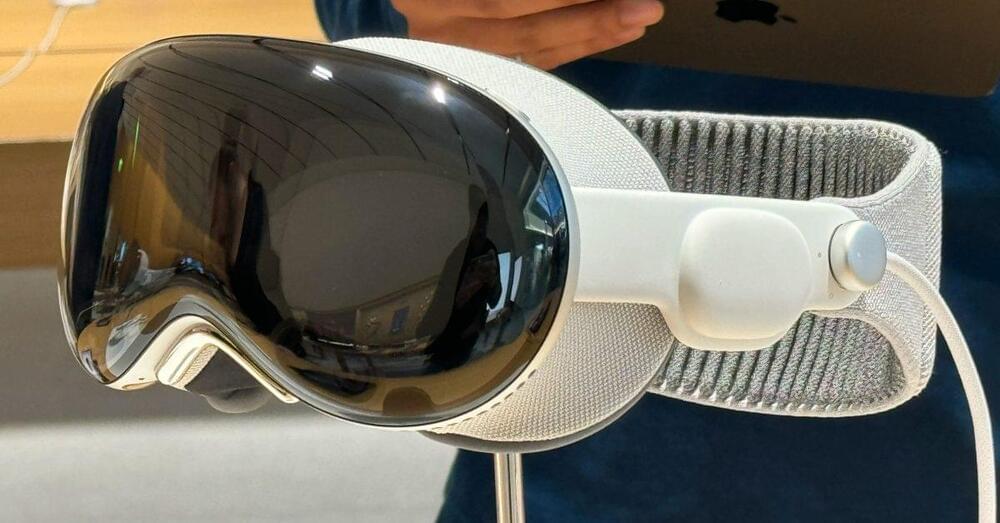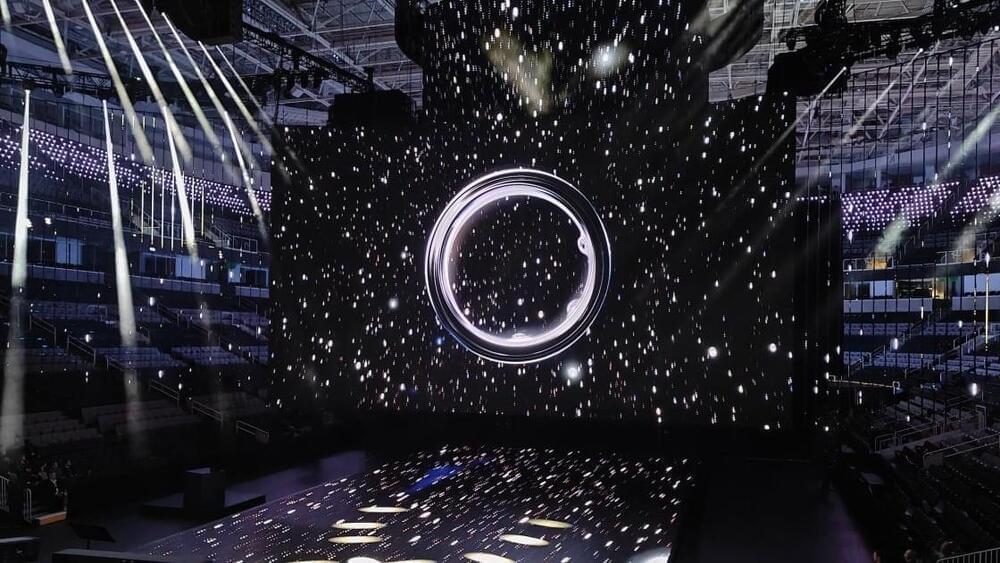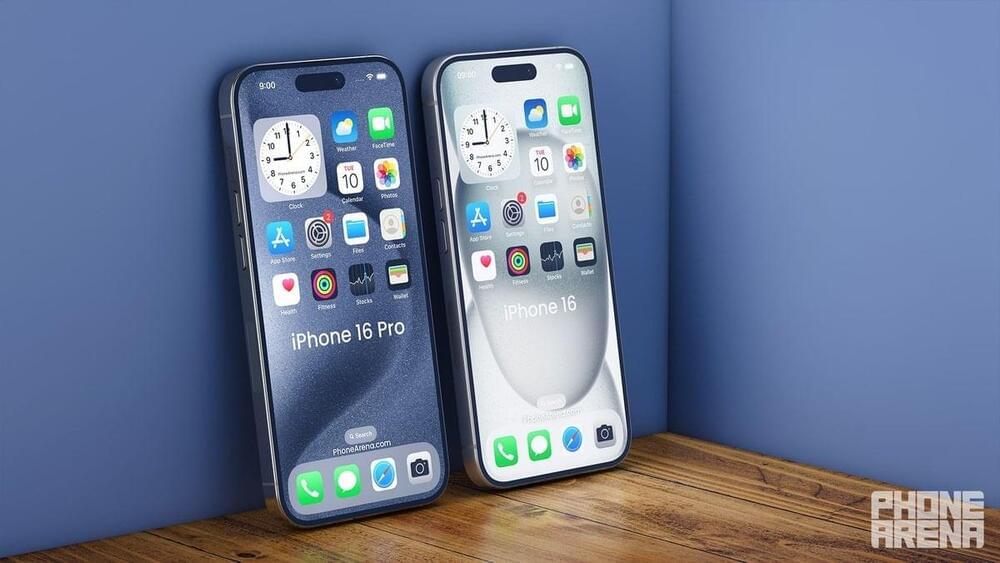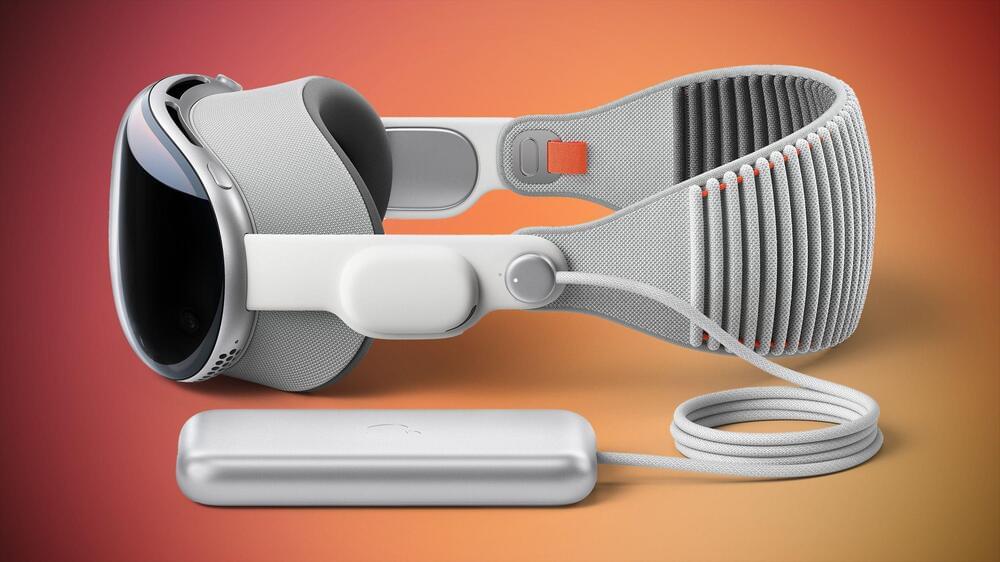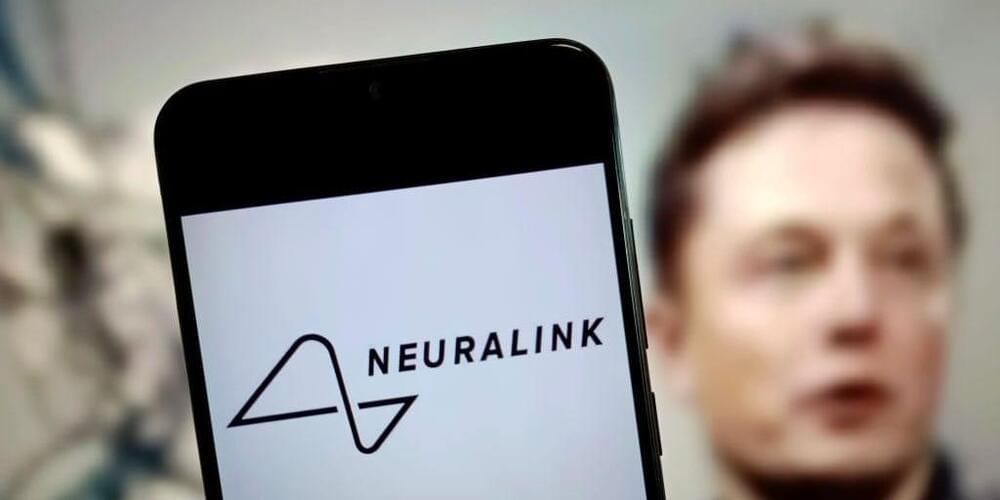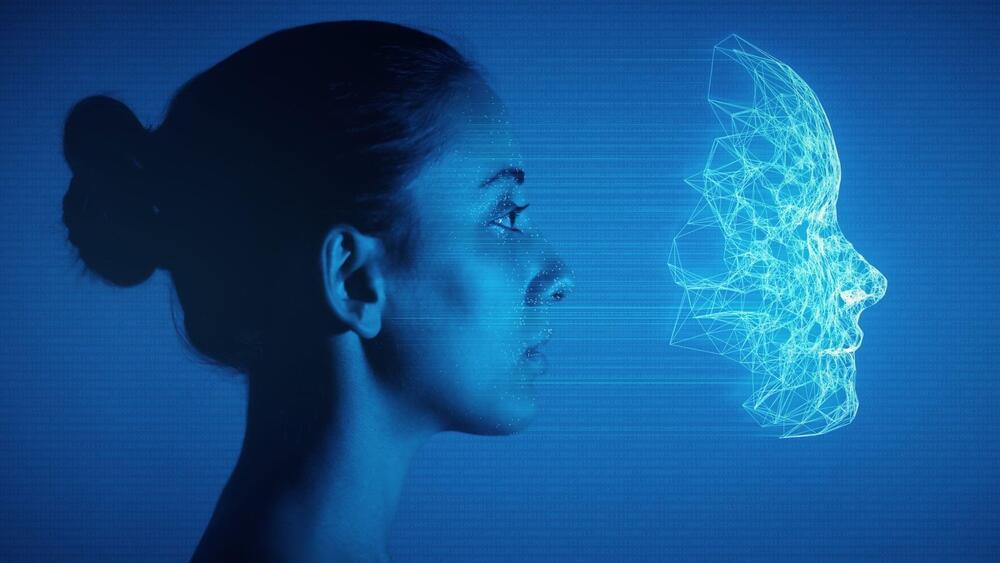Feb 15, 2024
AI May Be Atrophying Our Brains, Professor Warns
Posted by Kelvin Dafiaghor in categories: mobile phones, robotics/AI, transportation
Just like smartphone GPS has harmed our sense of spatial cognition and memory, artificial intelligence may soon impair our ability to make decisions for ourselves — an outcome that would be, one expert warns, “catastrophic.”
In an interview with PsyPost, neuropsychology expert Umberto León Domínguez of the University of Monterrey in Mexico said that his new research shows that AI chatbots may end up not just mimicking our speech patterns, but significantly harming our cognitive functioning in general.
Like many other educators, Domínguez said he’s concerned about how his students are using tools like OpenAI’s ChatGPT. Spurred by those concerns, he told PsyPost, he began to explore ways AI chatbots “could interfere with higher-order executive functions to understand how to also train these skills.”

